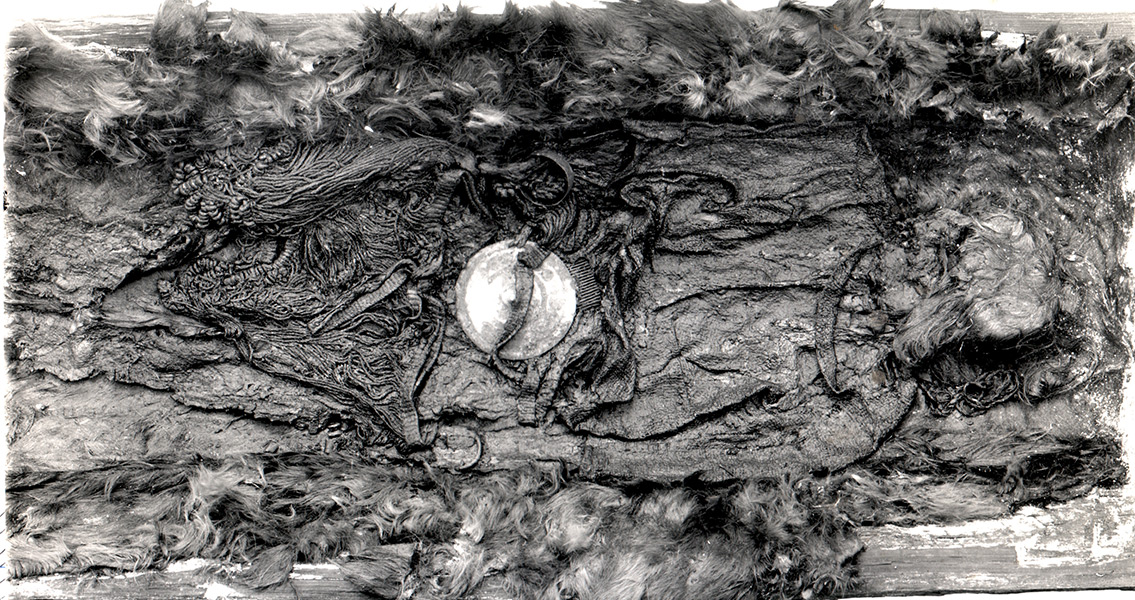<![CDATA[The discovery of remains near Egtved, Denmark in 1921 were long ago determined to be those of a young girl who had died 3,500 years earlier. She quickly became known as the Egtved Girl because for over a century she was believed to have been local to the area and has since become one of the best-known prehistorical figures. New research has changed the path of her story and shed new light on marriage alliances during the Bronze Age. Led by Karin Frei of the National Museum of Denmark, the team analyzed the strontium isotopes found in the young woman’s teeth and discovered she wasn’t in fact raised on the Jutland Peninsula, the location of Egtved. Strontium is an element distributed throughout the Earth’s bedrock which accumulates in animal and plant tissues. By studying the subtle variations in the strontium found in different locations researchers were able to create local signatures, what’s been referred to as a geological GPS. This new information has led researchers to conclude the young women most likely grew up in the Black Forest area of southern Germany, approximately 500 miles away from her burial site. It’s now believed she was sent away from home in order to marry a ruler in Jutland. Further analysis of Egtved Girl’s hair and fingernails shows that during the final years of her life she appears to have moved back and forth between the Black Forest and Jutland at least twice before her death. Previous studies of Egtved Girl’s remains have revealed her to be a woman of high status, and revealed many clues to Bronze Age life in Denmark. Of the young woman herself only hair, teeth, nails, brain, and a small amount of skin remain. Her teeth reveal her age to be between 16 and 18 when she died. She was found wearing a short wool corded tunic and knee-length skirt, with a bronze belt plate adorned with spirals on her stomach. Also found with her in the grave was a comb made from a horn, which was attached to her belt. She also wore a slim ring in one ear, and rings of bronze around both of her arms. Laying close to her face was a small box full of bark, a bronze awl and the remnants of a hair net. At her feet a small pail of bark which at one time contained something similar to beer was found. It’s the remains of the child found with the young woman that shed light on her travels. According to Kristian Kristiansen of the University of Gothenburg, to secure an alliance by marriage in the Bronze Age there was often an exchange of ‘foster brothers’. In this instance, following the girl’s marriage to the chieftain in Jutland she would have been returned to the Black Forest accompanied by a Jutland boy who would have then been raised by her people. Afterwards she would have travelled back to Jutland accompanied by a young male relation, who in turn would be raised there. The child’s remains have led researchers to suggest he had died earlier in their journey, and his remains were then buried at a later time with the young woman when she died after returning to Jutland. ]]>
New Evidence Egtved Girl Was a Bronze Age Bride
